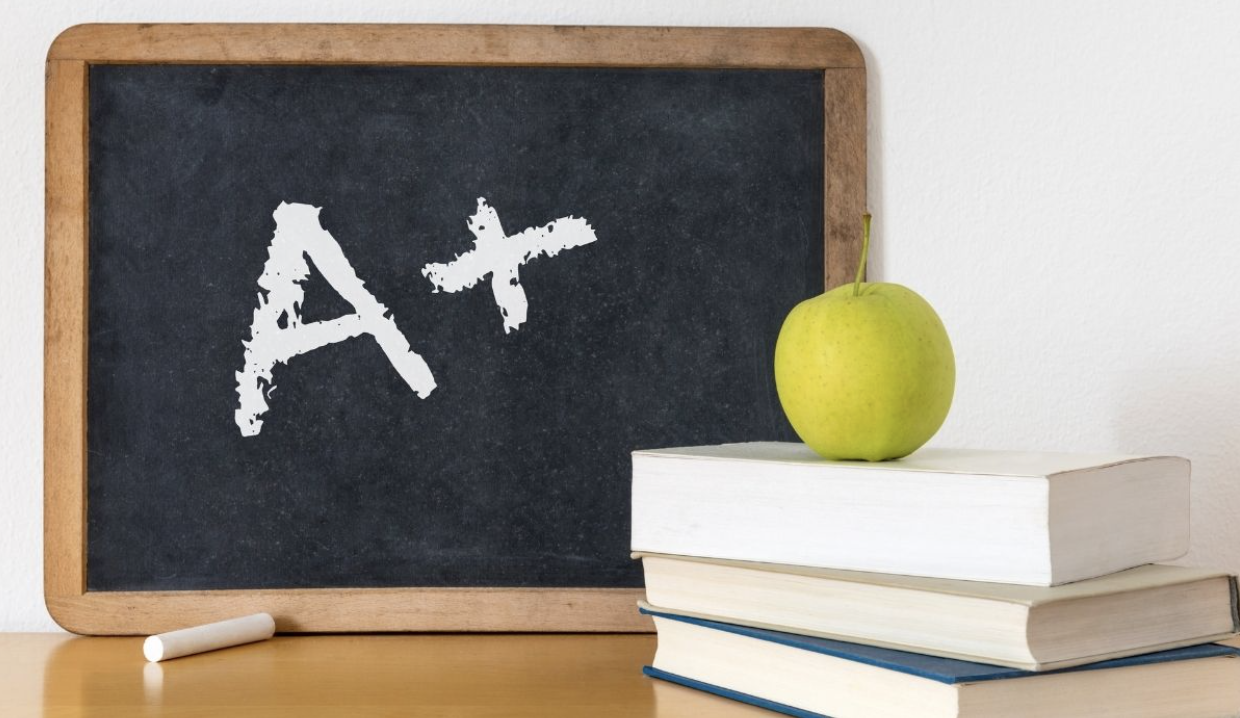Picture the comedic editing styles and fast cut transitions in the movies, the freeze frames and flash-bulbs in videos, and the fabulous and frantic opening scenes in the YouTube visuals. All these are varied editing techniques and cuts that help put a story together.
Undoubtedly, there is nothing more significant than editing when making a great video. Different editing formats and techniques can shape a story, amend video pacing and offer a memorable experience to the viewers.
Video editing professionals need to pay attention to these styles and techniques when watching different films and videos. Once you have your hands on these editing styles and techniques and know why they are crucial in varied circumstances, you will become more efficient at editing, and your projects will become more entertaining.
Herein, we will be dissecting the top 7 video editing techniques to provide scintillating effects to videos:
1. Standard Cut
Starting with the basics is very important to know more about different video editing techniques. The standard cut is a very basic kind of editing where Shot A is cut at a specific moment and instantly followed by Shot B.
Both the clips are assembled in place, connecting the beginning of the next frame with the last frame. In the majority of the cases, this basic cut even comprises a short-reverse shot which is the continuation of a previous shot from a completely different angle.
The effect is achieved by importing video footage into a project and then trimming the right section. Ripple is the procedure you can use for trimming the video. This will shorten the entire footage. Or you even have the option of moving a cut simply by shortening one footage while extending the footage next to it. This involves using an online video trimmer and trimming a couple of clips together.
2. Montage
This editing style signifies the passage of time in a video and even helps in giving a complete context to the main narrative with quick cuts. Most of the time, you will find athletes preparing or training for big matches in montage videos.
Nevertheless, the montage editing style can be used for all kinds of transformations by characters. It is also important to note that a montage is generally underscored by sound.
3. Cross Dissolve
This is one of the most significant transitions for a video editor to have an idea of. Cross Dissolve offers an impression of the passage of time while making the transitions appear seamless.
The cross-dissolve transition principle works on improving and increasing the opacity of a brand new clip while decreasing the opacity of the older clip. Beginners into filmmaking do this major mistake of using cross-dissolve almost everywhere.
This is something you must not overdo. The newbies into filmmaking need to know that the cross-dissolve effect only works in the right moments. You must use it only for narration.
4. Invisible Editing
Have you even come across this term earlier? Invisible editing is one of the most exclusive editing techniques. It is also worth noting that you will have to put in a good amount of effort to achieve this form of editing effectively.
Invisible editing requires putting in a lot of effort both in post-production and onset. This kind of editing is also called seamless editing, and it helps in immersing the viewers into the world of the video.
You need to search a lot and even plan things earlier to achieve the desired effect with invisible editing. You must first ensure that you find two shots with the same themes and characteristics. Try finding shots with the same color palette, composition, camera movement, setting, and symmetry to create the best effect.
5. Match Cut
A match cut is a cut from one clip to the other. In this cut, the composition of two varied clips is matched by the subject or the action. Editors use match cuts for demonstrating major leaps in geography and time.
The clips connected using match cuts are completely different shots. These need to be planned thoroughly in advance as this can help the videographers create similar compositions for match cut editing in the production stage.
Different factors such as color, composition, geometric alignment, camera, movement sequence, and lighting should be considered for this cut. Editors should make it a point to have all these things in mind.
Overall, the match cut is one of the most widely used video editing styles. It is incredibly easy to master, and every aspiring video editing professional should clearly understand how to work with this kind of editing.
6. J and L Cutting
The L and J cuts get their name from the shape media appears on the timeline. The L-Cut is where the sound from a previous scene continues playing on the footage of the following scene. These cuts are generally used for cutting to the reactions of individuals who are listening and for dialogues.
The J-Cut is just the opposite of the L-Cut. It is when sound from the following scene continues playing over the clip from the previous scene. These cuts create a sense of suspense and anticipation over what will be coming up next in a video.
Editors use j and L cutting to elevate the feelings of flow and make the transitions appear smoother simply by further immersing the audiences into the film’s verisimilitude.
7. Cutting on Action
Just as what is suggested by the name, editors cut the shot at the point of action. This is done because that is what the viewers’ brains and eyes naturally expect. These cuts offer an extra context to scenes and are great at creating more foreshadowing and tension.
One of the best ways of learning this editing technique is through practice and observation. Watch the cuts of the other editors and the editing transitions they use for varied purposes. Pay attention when using the cutting on action technique because one mistake can completely distort your video.
The Bottom Line
Regardless of what video editing technique or style you prefer and go for, it is crucial to know the other styles. And yes, the editing techniques detailed above will keep changing based on the kind of video you are editing.




